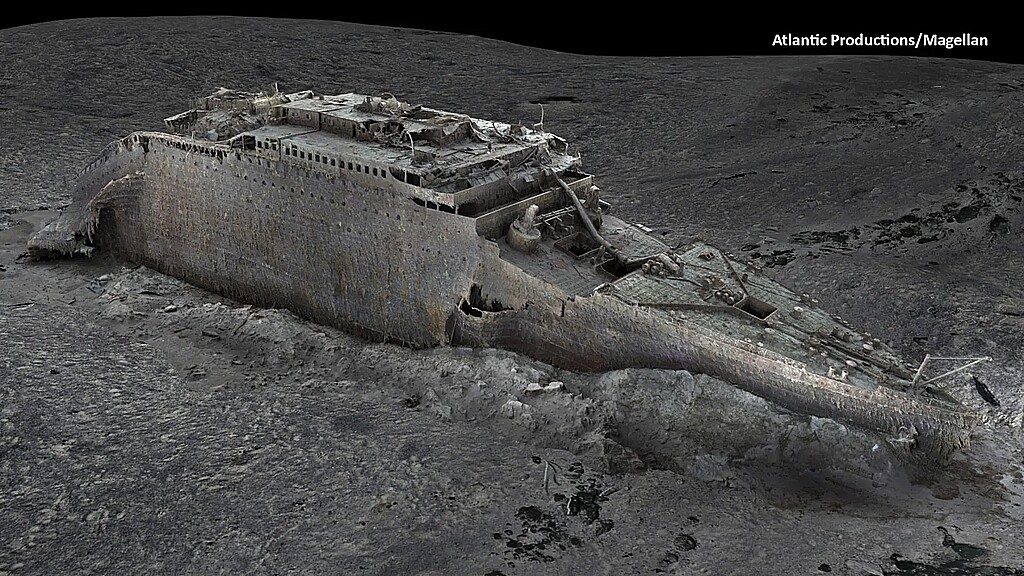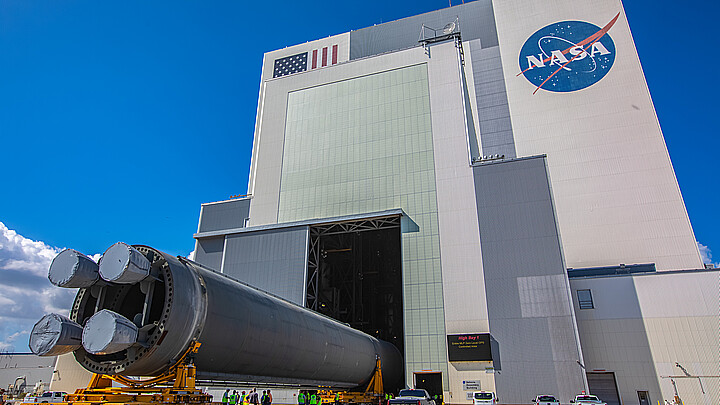Technology
Groundbreaking 3D images of Titanic show shipwreck like never before
While the wreckage was been widely explored since it was discovered in 1985, researchers were only able to provide snapshots of portions of the ship. The new technology, however, provides imagery of the entire wreck

May 18, 2023 7:00am
Updated: May 18, 2023 7:08am
The first full-size digital scan of the famous ship Titanic reveals the 111-year-old shipwreck as it has never been seen before and provides insights into the fateful accident of 1912.
The project provides a 3D “digital twin” of the wreckage that lies 12,500 feet (3,800 meters) on the seabed of the Atlantic. Using deep-sea mapping, the imagining provides a detailed view of the ship as if the water has been drained away.
A new view of the Titanic! New scans reveal the world's most famous wreck as never seen before. They show the wreck in its entirety - it's as if the water has been drained away… Check it out here #Titanic
— Rebecca Morelle (@BBCMorelle) May 17, 2023
(Footage: @AtlanticProds/ Magellan) pic.twitter.com/1nOdfc7mWb
Experts are hoping that the new images that provide “extraordinary detail” can help shed light on the Titanic’s sinking in 1912 when more than 1, 500 people died after the ship hit an iceberg on its trip from Southampton to New York City.
"There are still questions, basic questions, that need to be answered about the ship," said Parks Stephenson, a Titanic analyst, adding that the model was "one of the first major steps to driving the Titanic story towards evidence-based research - and not speculation."
While the wreckage was been widely explored since it was discovered in 1985, researchers were only able to provide snapshots of portions of the ship. The new technology, however, provides imagery of the entire wreck.
The scan was carried out over six weeks in the summer of 2022 by Magellan Ltd, a deep-sea mapping company, and Atlantic Productions, which is filming the project for a documentary. To map the wreckage, which lies in two parts, two remote-controlled submersibles, named Romeo and Juliet, spent more than 200 hours surveying the entire ship. The remote-controlled machines took more than 700,000 images, which were used to recreate the Titanic in 3D.
"The depth of it, almost 4,000m, represents a challenge, and you have currents at the site, too - and we're not allowed to touch anything so as not to damage the wreck," said Gerhard Seiffert, who led the expedition.
"And the other challenge is that you have to map every square centimeter - even uninteresting parts, like on the debris field you have to map mud, but you need this to fill in between all these interesting objects."










